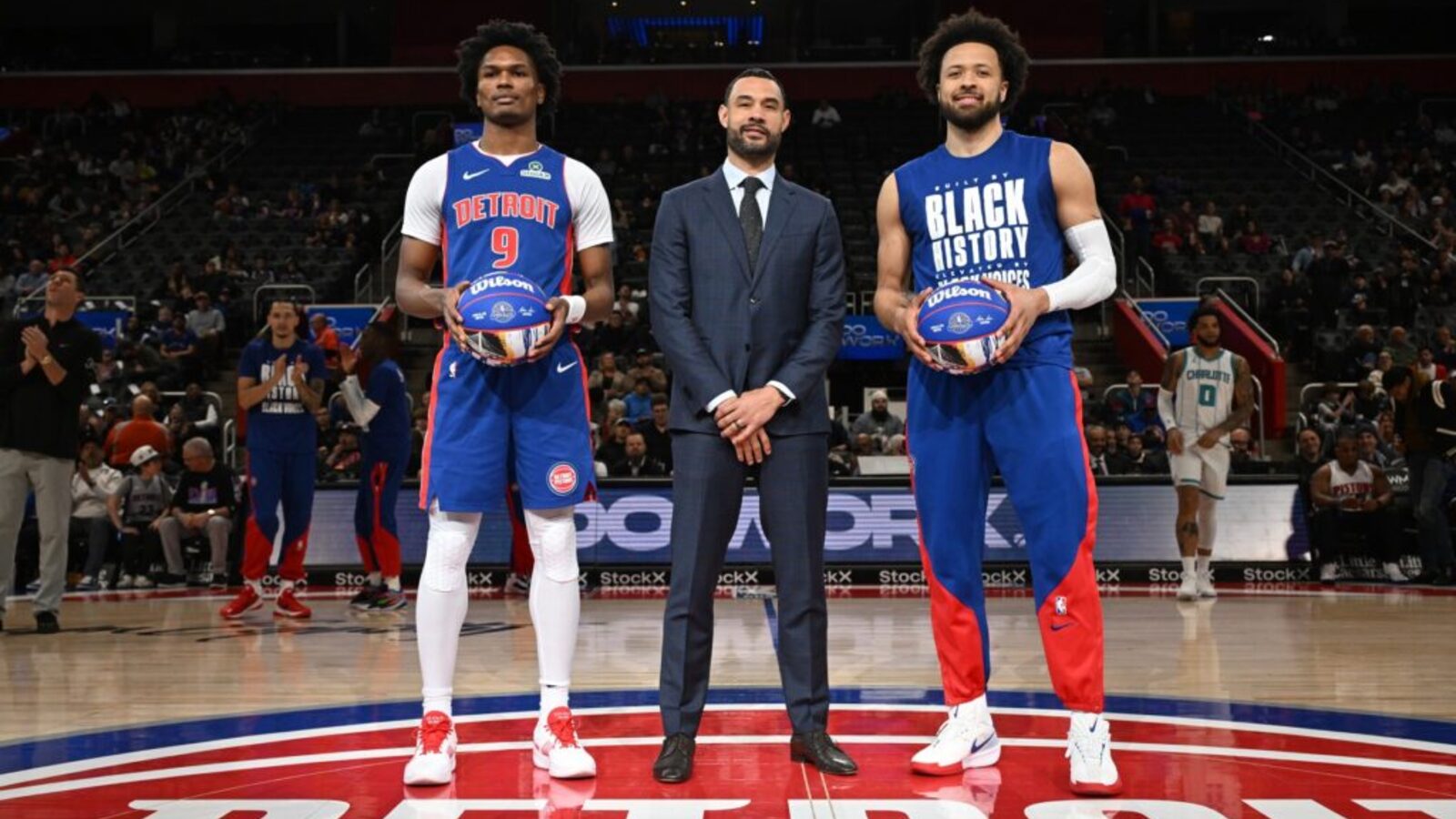The Detroit Pistons are embarking on a distinctive journey this offseason, emphasizing a “Built, Not Bought” philosophy that prioritizes homegrown talent over external acquisitions. This strategic approach, rare in the contemporary NBA landscape, signals a profound trust in their scouting and player development initiatives. The roster, meticulously assembled over several seasons, showcases a core of young athletes who have steadily carved out significant roles, embodying the team’s commitment to nurturing talent from within.
A closer examination of the team’s composition reveals a cadre of young players who have achieved commendable success in the league, often exceeding initial expectations. These individuals, who have earned every minute on the court through sheer determination and consistent performance, represent the cornerstone of the Pistons’ future. This foundational belief in organic growth and the profound impact of diligent player molding defines their path forward.
Remarkably, the Pistons have maintained a stable roster with minimal turnover from the previous season, a stark contrast to the frequent player movement characteristic of today’s professional basketball. This continuity allows for deeper team chemistry and a more cohesive understanding of strategic systems. It is a clear testament to the organization’s confidence in their existing talent pool and their long-term vision for sustainable competitiveness.
The organization’s professionalism was notably highlighted during a recent betting scandal involving a potential acquisition. The news of the scandal broke just as a significant 3-year, $42 million deal was reportedly on the table, presenting a challenging scenario for the front office. The Pistons navigated this sensitive situation with remarkable poise and professionalism, choosing transparency and integrity over typical public relations defenses, which spoke volumes about the ethical leadership running this team.
Following their playoff exit last season against the New York Knicks, there was a palpable sense that the competitive gap was not as wide as previously perceived. The Pistons, having established themselves as a middle-of-the-pack contender in the Eastern Conference, are now aiming to assert their presence with a direct and assertive play style. Their strategic moves reflect a desire to push forward without relying on high-profile free agency, allowing coaches like J.B. Bickerstaff to continue their work with established connections.
To bolster their core, the Pistons have strategically surrounded their primary talent with a couple of knockdown shooters and solid defenders, emphasizing a complementary roster construction. Beyond the first few players off the bench, the remainder of the roster is still largely intact, signifying the ongoing reliance on their internal development pipeline. This strategy diverges from the common practice of constantly rotating end-of-bench players, further emphasizing their faith in sustained growth and development.
For those questioning how a team bounced in the first round last year is supposed to move farther along this year without getting exponentially better, the answer lies in calculated player development and strategic roster assembly. The Pistons have been quietly building this team for a few seasons now, meticulously developing players into the versatile, hungry athletes required for sustained success. This patient, deliberate approach has yielded promising results, fostering a culture where young players are eager to seize their opportunities.
The emphasis on molding “raw” high-ceiling players to complement existing shot creators exemplifies the team’s commitment to long-term investment. Players who needed to be shaped and refined, regardless of their initial situation, have been identified and are being developed to fit the team’s evolving needs. Only time will reveal the full dividends of this unique approach, but the foundational work being laid aims to cultivate a roster capable of exceeding expectations.
A significant challenge for the team remains managing player injuries, which can disrupt established lineups and force unconventional pairings. Despite these potential obstacles, the Pistons are committed to allowing their young players to develop through tough on-court experiences, fostering resilience and adaptability. While trade possibilities are always present if the current strategy doesn’t yield desired results, the immediate focus is squarely on empowering these athletes to demonstrate their full capabilities, marking a pivotal period for the franchise’s trajectory.






Leave a Reply